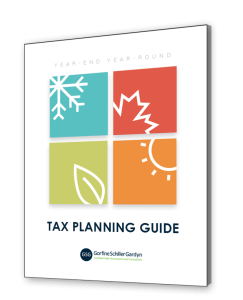You’ve got debt! The question is, do you have good debt or bad debt? Even more important, how do you tell the difference before you take on any more? Here are two questions to ask before incurring any debt.
1. What are the benefits of taking on this debt? Avoiding all debt seems like good advice. But good debt can enhance your financial situation. For instance, loans that fund a college or graduate degree may result in a higher salary. That’s debt with a lasting, tangible benefit.
Likewise, a mortgage for a home or rental property can increase your wealth by providing the opportunity for growth of capital and income.
Good debt can also have secondary advantages, such as the potential for tax deductibility of interest on student loans and home mortgages.
Bad debt, on the other hand, generally strains your cash flow without providing an offsetting advantage.
2. Does the cost exceed the benefit? As a general rule, good debt provides a return that’s greater than the total amount you’ll end up paying. Caution: Remember that your total outlay will be the stated price plus finance charges.
For example, suppose you need to buy a car. A moderately priced vehicle financed with a short-term loan can still have value when the payments end. That falls within the definition of good debt. But with today’s longer terms of five to eight years, your loan might outlast the car. High interest rates and the longer payback period on “stretch” loans can bump your total outlay into bad debt territory.
Credit card debt poses the same peril. Charges you intend to pay back in full at the end of the month may not be a problem. But a restaurant meal, a vacation, or a Christmas splurge can get very expensive once you include the interest charged when you carry a balance on your credit card.
Good debt or bad? Recognizing the difference can lead to better money management – something you need if you want to improve your financial situation.





